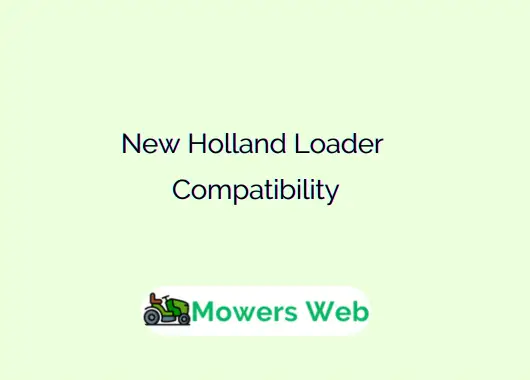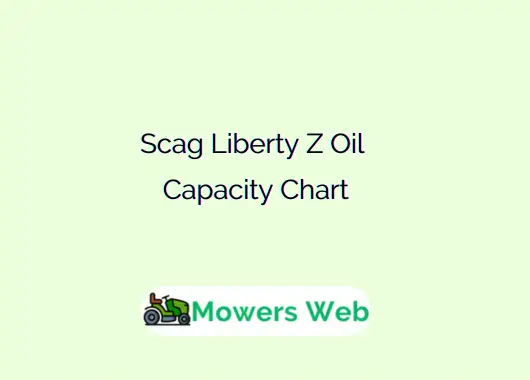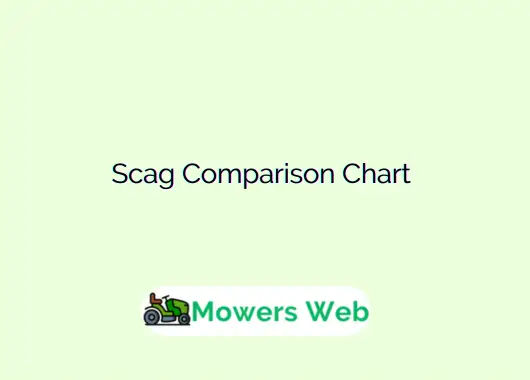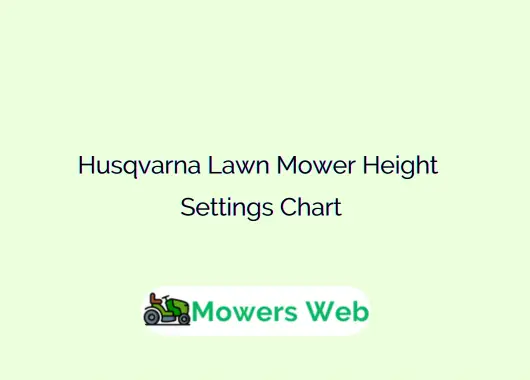Below you’ll find the official New Holland loader families (300TL, 500TL, 600LA, 700LA, and the LA/TL ranges), the individual loader model numbers found in New Holland brochures, and the typical tractor-series compatibility (which tractor families each loader is designed to fit).
New Holland Loader Compatibility
Compact Tractors (300TL Family – Current Global/European Naming)
| Loader Model | Max Lift Height (to pivot) | Max Lift Capacity (full height) | Compatible Tractor Series/Models | Notes |
|---|---|---|---|---|
| 320TL | 2.00 m | 443 kg | Boomer 25, Workmaster 25 | MSL standard |
| 330TL | 2.29 m | 653 kg | Boomer 30–35, Workmaster 35 | MSL standard |
| 340TL | 2.44 m | 969 kg | Boomer 40, Workmaster 40, T3LP/T4 | MSL standard |
| 350TL | 2.59 m | 989 kg | Boomer 45–50 | MSL standard |
| 360TL | 2.80 m | 1,193 kg | Boomer 54–55, TD4F/TD5.80 | MSL standard |
Utility Tractors (500TL Family – Current Global/European Naming)
| Loader Model | Max Lift Height | Max Lift Capacity | Compatible Tractor Series/Models | Notes |
|---|---|---|---|---|
| 505TL | 2.76 m | 1,400 kg | T4S, TD5 (smaller 3-cyl) | NSL standard, MSL optional |
| 510TL | 3.01 m | 1,591 kg | T4 PowerStar, T4LP, TD5.80–TD5.100 | MSL optional |
| 520TL | 3.46 m | 1,846 kg | T4N/T4F, T5.80–T5.100 | MSL optional |
| 530TL | 3.76 m | 1,999–2,200 kg | T5.100–T5.120 Electro/Dynamic Command | Most common utility size, MSL optional |
| 540TL | 4.08 m | 2,141 kg | T5.120–T5.140, larger T5S | Highest in 500TL family |
Related John Deere Loader Compatibility Chart(For All Loader Models)
Mid & Heavy Duty (600LA / 700LA Family – Current Global Naming + North American Equivalents)
| Loader Model | Max Lift Height (to pivot) | Max Lift Capacity (full height @ 800 mm forward) | Compatible Tractor Series/Models | Notes |
|---|---|---|---|---|
| 655LA / 665LA / 670LA | 3.55–3.85 m | 2,060–2,417 kg | T5 series, smaller T6 | Mid-range, MSL/NSL |
| 675LA / 680LA / 685LA | 3.85–4.10 m | 2,345–3,131 kg | T5–T6, T6 Methane Power | Common for 100–150 hp |
| 690LA / 695LA | 4.10 m | 2,800–3,200 kg | Larger T6 | |
| 715LA / 725LA / 730LA | 4.10–4.32 m | 2,559–3,345 kg | T6 heavy, T7 SWB (T7.175–T7.225) | 700LA family start |
| 735LA / 745LA / 755LA | 4.32–4.55 m | 2,712–3,487 kg | T7 SWB & LWB | |
| 765LA / 775LA / 785LA | 4.55–4.80 m | 3,000–3,385 kg | T7 LWB (T7.230–T7.300) | Highest capacity non-T8 |
Legacy / North American LA Series Models
| Loader Model | Self-Leveling | Max Lift Height (to pivot pin) | Max Lift Capacity (at full height, 800 mm forward) | Compatible Tractor Models | Notes |
|---|---|---|---|---|---|
| 810LA | No (NSL) | 3.66 m (12.0 ft) | 1,070 kg (2,360 lb) | PowerStar 90–120, T5 Dual Command / Electro Command | Entry utility loader |
| 815LA | Yes (MSL) | 3.66 m (12.0 ft) | 1,570 kg (3,460 lb) | PowerStar 90–120, T5 Dual Command / Electro Command | Most popular MSL version for T5/PowerStar |
| 830LA | No (NSL) | 3.81 m (12.5 ft) | 1,160 kg (2,560 lb) | TS6, older T6 2WD/4WD | Legacy fit for discontinued TS6 |
| 835LA | Yes (MSL) | 3.81 m (12.5 ft) | 1,730 kg (3,810 lb) | TS6, older T6 2WD/4WD | |
| 850LA | No (NSL) | 4.11 m (13.5 ft) | 1,330 kg (2,930 lb) | T6 4WD (all except SuperSteer) | Standard non-leveling for T6 |
| 855LA | Yes (MSL) | 4.11 m (13.5 ft) | 2,360 kg (5,200 lb) | T6 4WD (all except SuperSteer) | Most common T6 loader |
| 857LA | Yes (MSL) | 4.24 m (13.9 ft) | 1,980 kg (4,365 lb) | T6 with SuperSteer axle | SuperSteer-specific |
| 910LA | No (NSL) | 4.21 m (13.8 ft) | 1,630 kg (3,590 lb) | T7 Short Wheelbase (T7.175–T7.225) | |
| 915LA | Yes (MSL) | 4.21 m (13.8 ft) | 2,530 kg (5,580 lb) | T7 Short Wheelbase (T7.175–T7.225) | |
| 917LA | Yes (MSL) | 4.51 m (14.8 ft) | 2,030 kg (4,475 lb) | T7 SWB with SuperSteer | SuperSteer-specific |
| 935LA | Yes (MSL) | 4.57 m (15.0 ft) | 2,550 kg (5,620 lb) | T7 Long Wheelbase (T7.230–T7.300) | Standard for larger T7 |
| 937LA | Yes (MSL) | 4.72 m (15.5 ft) | 2,050 kg (4,520 lb) | T7 LWB with SuperSteer / Terraglide | SuperSteer/Terraglide specific |
| 975LA | No (NSL) | 4.97 m (16.3 ft) | 2,950 kg (6,500 lb) | T8 series (all wheeled models) | Heavy-duty, high-lift for T8 |
Related John Deere Hydraulic Oil Capacity Chart(For All Models)
How to read this table and pick the right loader
1. Match family to tractor horsepower and series. New Holland groups loaders by the tractor classes they serve: 300TL → compact Boomer class; 500TL → utility T4/T5; 600LA/700LA → mid to large tractors (T5/T6/T7/T8 and PowerStar). Manufacturer brochures explicitly list compatible tractor series for each loader model.
2. Confirm the bracket / mounting kit. Even when a loader is stated “compatible” with a tractor family, you often need a specific mounting bracket kit and sometimes different couplers (e.g., 3rd/4th service couplers for higher LA models). The brochure shows which loaders require additional couplers or hydraulic circuits.
3. Check self-levelling vs non-self-levelling, LA and TL models may be offered as Non Self-Levelling (NSL), Mechanical Self-Levelling (MSL) or SuperSteer variants. These affect lift characteristics and are model-specific (see LA model list for which models have MSL vs NSL).
4. Attachment standard (carriage) matters. New Holland offers Euro, Alö, SMS carriages and quick-attach systems for fast tool changes; choose the carriage compatible with your existing attachments if you’re swapping tools.
Related New Holland 134 Hydraulic Oil Equivalent (7 BEST)
FAQs
Who makes loaders for New Holland tractors?
New Holland tractor loaders are primarily manufactured by CNH Industrial, the parent company of the New Holland Agriculture brand. CNH designs and produces the LA, TL, and 700 series loaders that are factory-fitted or sold as OEM attachments for New Holland tractors.
In some regions, selected models may also be produced in partnership with loader specialists such as Quicke (Ålö Group), who supply compatible loader frames and quick-attach systems designed specifically for New Holland tractors.
Are Ford and New Holland tractors the same?
New Holland and Ford tractors share a historical connection. In 1986, Ford acquired New Holland, and the combined company operated under the Ford-New Holland brand for a few years. Later, in 1991, Fiat purchased Ford-New Holland, eventually dropping the Ford name and continuing under “New Holland Agriculture.”
While they share engineering roots, modern New Holland tractors are no longer branded as Ford, although many design elements and parts lineage remain similar in older models.
Related Mower Deck Leveling Chart(For All Brands + Models)
Can you put a front-end loader on any tractor?
Not every tractor can support just any front-end loader. Loaders must be matched to the tractor’s frame, hydraulic system, and front-axle strength. Each loader model, such as New Holland’s 300TL, 500TL, or LA series, is engineered for specific tractor sizes and horsepower ranges. To safely install a loader, you’ll need the correct mounting brackets, hydraulic couplers, and ballast.
Using a loader not designed for your tractor can cause instability or damage, so always refer to official compatibility charts or consult a dealer before installation.
What is the lift capacity of a New Holland tractor loader?
Lift capacity varies widely depending on the loader model and tractor size.
- Compact models (300TL) typically lift 800–1,200 lbs (360–550 kg).
- Utility loaders (500TL) lift around 2,000–2,500 lbs (900–1,130 kg).
- Mid-range LA models (600–700 series) can lift 3,000–4,500 lbs (1,360–2,040 kg) or more.
- Heavy-duty LA models (like 915LA or 975LA) can exceed 5,000 lbs (2,270 kg).
Always check the manufacturer’s specifications for lift height and breakout force, as these numbers depend on configuration and mounting type.
Is New Holland better than Kubota?
Both New Holland and Kubota are reputable global tractor brands, and “better” often depends on usage and owner preference.
- New Holland tractors excel in farm-scale operations, offering higher horsepower ranges, strong hydraulic performance, and compatibility with heavy-duty loaders.
- Kubota tractors are known for compact efficiency, reliability, and user comfort, making them ideal for small farms and landscaping.
- In short, New Holland leads in power and loader integration, while Kubota dominates compact versatility and ergonomics. Your choice depends on workload, budget, and local dealer support.
Who makes the engines for New Holland tractors?
Most New Holland tractors are powered by FPT Industrial engines (Fiat Powertrain Technologies), a subsidiary of CNH Industrial. FPT engines are renowned for their fuel efficiency, reliability, and clean emissions technology. These engines are designed and built in Italy, the U.S., and other CNH facilities worldwide.
Some smaller compact models have used Shibaura or Mitsubishi engines in earlier generations, but FPT engines dominate the modern lineup.
Are New Holland and Case IH combined the same?
Yes and no. New Holland Agriculture and Case IH are both brands owned by CNH Industrial, which means they share parent-company resources such as engineering, manufacturing plants, and some component technologies (like transmissions and engines).
However, they operate as separate brands with distinct styling, model lines, and dealership networks. Case IH typically focuses on the premium red lineup for large-scale farms, while New Holland offers a broader range that includes compact, utility, and mid-size tractors in the blue range.




